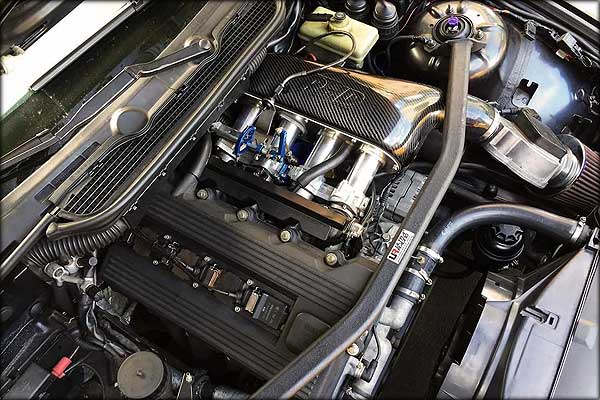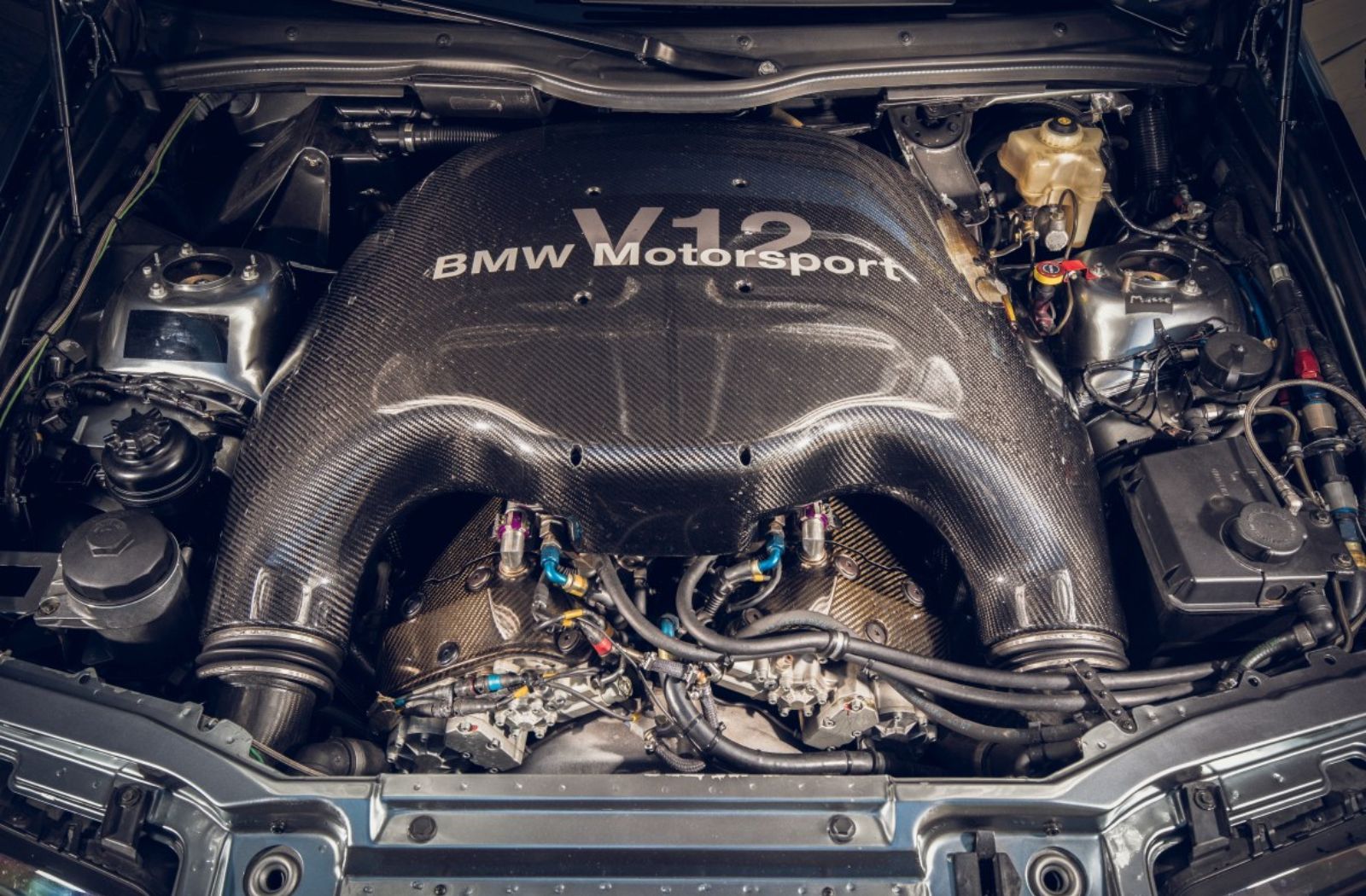Top 5 BMW Engine Technologies Reinventing the Automotive Market
Top 5 BMW Engine Technologies Reinventing the Automotive Market
Blog Article
Checking Out the Development of Burning Engines in Modern Transport Equipments
As we browse the landscape of modern-day transport, the evolution of combustion engines stands as a testimony to human resourcefulness and design prowess. The interaction of background, innovation, and environmental problems in forming the trajectory of combustion engines creates a story that is both informative and compelling.
Very Early Beginnings of Combustion Engines
Just how did the concept of burning engines initial emerge in the beginning of transportation development? The roots of burning engines can be traced back to the 17th century when the principles of inner burning were very first explored. In 1673, Christian Huygens conceived a fundamental inner burning engine that used gunpowder to create power. Nevertheless, it wasn't till the late 19th century that useful applications of combustion engines in transport began to emerge.
The advancement minute came with the creation of the initial successful gasoline-powered engine by Karl Benz in 1885 - bmw engine. This engine paved the means for the development of the modern car, revolutionizing transport systems worldwide. Subsequent innovations by Nikolaus Otto and Gottlieb Daimler further improved combustion engine innovation, causing the mass manufacturing of cars and the quick expansion of the transportation market
These very early burning engines were defined by their simpleness and effectiveness, laying the foundation for the complicated and powerful engines used in modern transportation systems. The evolution of burning engines has actually been crucial in forming the method we travel and carry products, marking a significant milestone in the background of transport advancement.
Shift to Internal Burning Modern Technology
The shift to interior combustion modern technology noted an essential shift in the evolution of transport systems. This change began in the late 19th century, with inventors like Nikolaus Otto and Gottlieb Daimler developing the initial effective internal combustion engines. These engines changed transport by using a more effective and effective alternative to vapor engines and electric motors.
One of the key benefits of interior combustion engines was their capacity to be reduced to fit into cars, leading to the growth of bikes and cars. This shift from bulky, fixed engines to compact, mobile ones led the way for the modern transport systems we see today.
The transition to inner combustion modern technology also stimulated developments in gas technology, bring about the development of gas and diesel as primary fuel resources for vehicles. This change not only made transportation extra easily accessible to the masses but likewise laid the structure for the oil and gas industry to end up being indispensable to worldwide economies.
Effect of Combustion Engines on Transportation
The fostering of burning engines in transportation systems militarized an extensive shift in the effectiveness and rate of global movement. Burning engines revolutionized transportation by giving a reputable and functional source of power for numerous vehicles, including cars, trucks, ships, and planes. This advancement significantly enhanced the capability for individuals and products to relocate over fars away in much shorter period, leading to enhanced connectivity between regions and nations.
Additionally, the extensive use burning engines has actually had a significant influence on financial growth. The ability to transfer products effectively has spurred trade and commerce, allowing companies to increase their learn the facts here now markets and get to customers worldwide. This has actually facilitated economic development and globalization, as products can currently be transferred quicker and in larger quantities than ever in the past.
Nevertheless, the ecological effect of burning engines can not be ignored. The combustion of fossil gas has caused air pollution and greenhouse gas discharges, contributing to environment modification and posturing Your Domain Name wellness dangers to populations. bmw engine. Consequently, there is an expanding emphasis on creating alternate propulsion innovations to mitigate these adverse impacts and create an extra sustainable future for transportation
Technologies in Combustion Engine Design
Countless developments in burning engine style have thrust the development of transportation systems over the years. One notable technology is the advancement of turbocharged engines, which use exhaust gases to drive a generator that compresses inbound air, enabling even more fuel to be scorched, resulting in raised power output without a substantial increase in engine dimension. Additionally, direct shot technology has actually improved gas efficiency and performance by precisely managing the quantity and timing of fuel infused right into the combustion chamber. Variable shutoff timing systems have additionally transformed engine style by optimizing air flow at various engine speeds, improving both power and efficiency. Another considerable advancement is the combination of lightweight materials such as carbon fiber and light weight aluminum alloys, decreasing total engine weight and improving car gas economy. Developments in computer-aided design have allowed designers to enhance engine efficiency and performance via simulations prior to physical models are constructed, conserving time and sources in the growth procedure. These technologies jointly add to the continual renovation of burning engines in modern-day transport systems.
Future Patterns in Combustion Engine Development
With technology innovations driving constant development, the future of combustion engine growth is positioned to reinvent transportation systems worldwide. One of the vital trends in combustion engine development is the push towards greater efficiency and minimized discharges. our website Manufacturers are investing heavily in research and development to enhance engine efficiency while satisfying strict ecological policies. This consists of the combination of innovative gas injection systems, boosted turbocharging techniques, and the use of lightweight materials to optimize gas intake and decrease carbon exhausts.
Another famous fad is the adoption of hybrid innovations in burning engines. Crossbreed engines combine standard combustion modern technology with electric power, offering enhanced fuel performance and reduced exhausts. As the vehicle market changes in the direction of electrification, crossbreed burning engines are seen as a transitional solution that connects the space in between standard lorries and fully electric ones.
Furthermore, the combination of wise innovations, such as fabricated knowledge and information analytics, is anticipated to play a substantial duty in the future of burning engine development. These technologies can optimize engine performance in real-time, leading to more efficient combustion procedures and boosted total lorry efficiency. Welcoming these future fads will certainly not only drive development in combustion engine development but also contribute to an extra lasting and eco-friendly transport ecological community.

Conclusion
In verdict, the advancement of combustion engines in modern transport systems has actually been marked by substantial improvements in innovation and design. From the very early beginnings of combustion engines to the change to interior combustion technology, these engines have actually had a profound influence on transportation.
The roots of burning engines can be traced back to the 17th century when the principles of inner combustion were initial checked out. These engines transformed transport by using a more efficient and effective option to steam engines and electrical motors.

Report this page